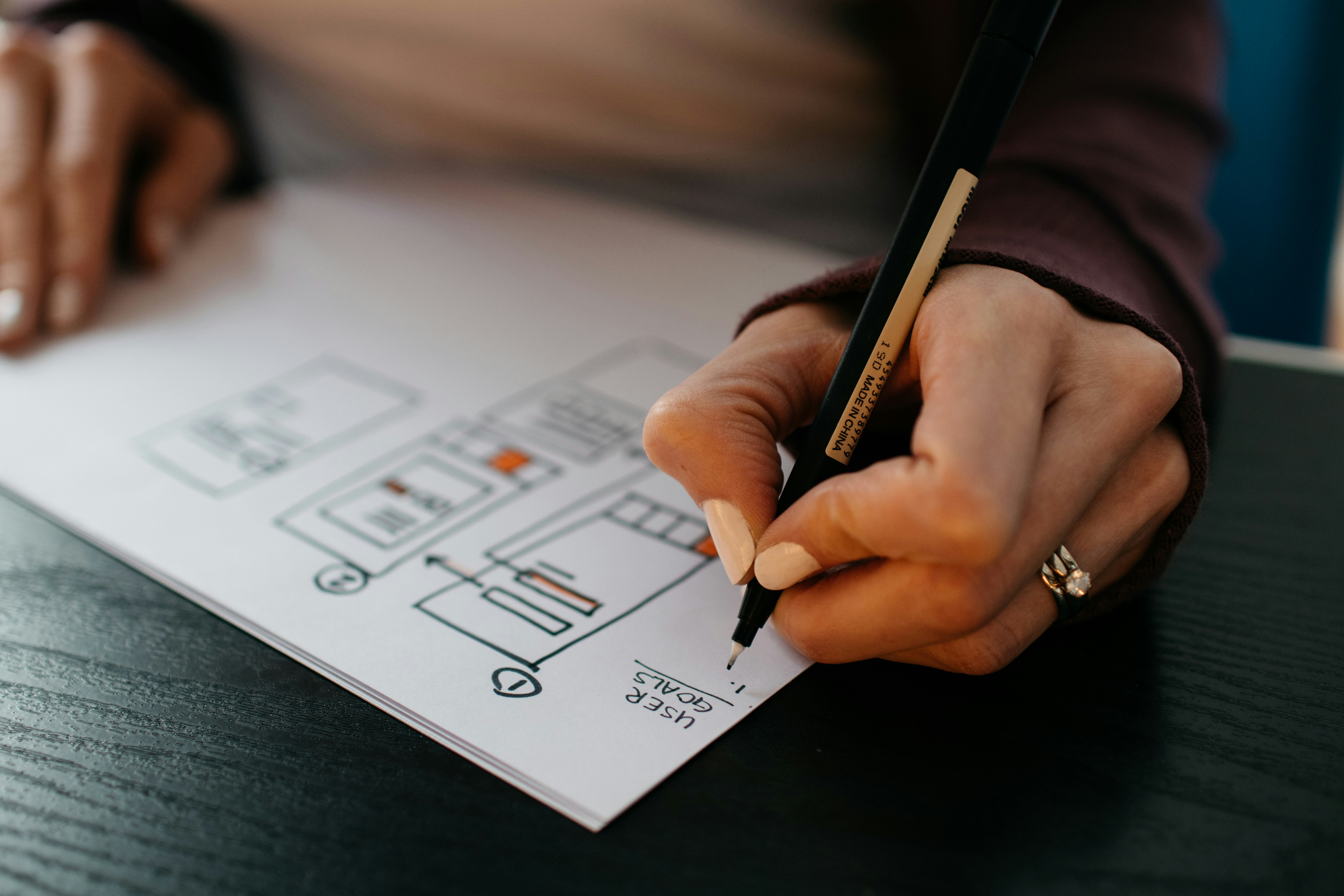Maximizing User Engagement Through Responsive Web Design

Designing for Sustainability: A Creative Journey
Sustainability in Design is more than a trend; it's a responsibility. This article explores how integrating sustainable practices into design projects can create impactful and lasting solutions. Our journey with the EcoEssentials project serves as a prime example of sustainable design in action.
The Essence of Sustainable Design
Sustainable design seeks to minimize negative impacts on the environment, ensuring that our creative efforts contribute positively to our planet. It combines innovative materials and eco-friendly processes, guided by principles such as efficiency and renewability.
Key Principles of Sustainable Design
Material Selection: Choosing materials that are recycled, recyclable, or sustainably sourced is crucial.
Lifecycle Analysis: Understanding the product's impact from creation to disposal helps in making environmentally responsible decisions.
User-Centric Solutions: Designing with the end-user in mind ensures that sustainability does not compromise usability or aesthetics.
Sustainable Design in Practice: The EcoEssentials Project
The EcoEssentials packaging redesign project exemplifies sustainable design's potential:
We began with a comprehensive analysis of existing packaging materials, aiming to reduce environmental impact.
Through creative brainstorming, we identified alternative materials that aligned with our sustainability goals without sacrificing design quality.
The result was a line of packaging that not only resonated with eco-conscious consumers but also set a new benchmark for sustainable packaging in the industry.
The Impact of Thoughtful Design
Sustainable design goes beyond the physical aspects of a project, encompassing a broader commitment to environmental stewardship and social responsibility. By focusing on:
Efficiency and Waste Reduction: We ensure that resources are used judiciously, and waste is minimized.
Community and Ecosystem Well-being: Our designs contribute positively to the communities and ecosystems they interact with.
Links to further reading on sustainability, like the Sustainable Materials Management, provide valuable resources for designers looking to deepen their understanding of sustainable practices.
Designing for sustainability is a journey of continuous learning and innovation. Through projects like EcoEssentials, we're not just creating designs that look good but also do good, paving the way for a more sustainable future in the design world.


